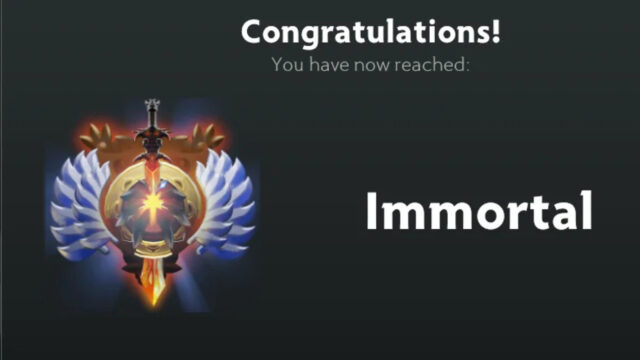Dota 2 Ranking System Updated
You know Dota 2. It's a massive name in the esports scene, and probably the first game that got a ton of pro players hooked. It’s also the one with those record-smashing international prize pools.
But, the ranking system? It can be a tad complicated to understand if you’re new to the game. That being said, it’s crucial, and when trying to climb, your rank medal and the Matchmaking Rating (MMR) are your street cred.
Now, Dota 2 has been around for a good while, and its ranking system isn't stuck in the past. It has undergone some significant changes over time as Valve continues to tweak it to get it right.
So, if you're trying to figure out how Dota 2 ranks work today, what your MMR means, and how the whole system has been updated, you've come to the right spot. We'll break down everything you need to know about the Dota 2 rank system.
What's Your Rank in Dota 2? Understanding MMR in Dota 2
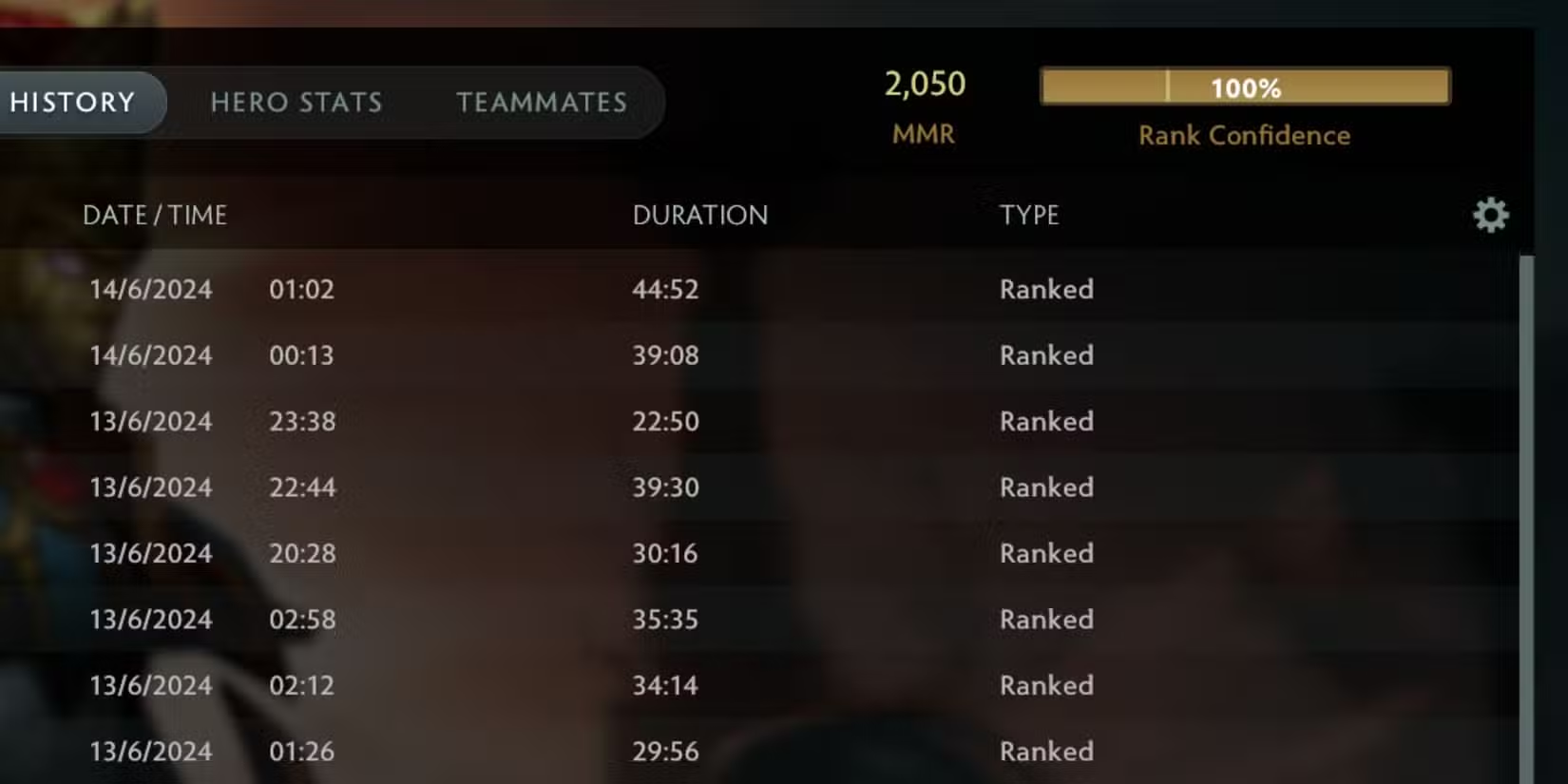
Your Dota 2 rank lies in your MMR, which depends on each victory or defeat.
That wasn’t always the case, though, for a while, players juggled separate MMRs for Core and Support roles. However, the system has since evolved.
Now, you operate with a single, unified rank. But, and it’s a clever ‘but’, the matchmaking process considers your skills in the five distinct roles (Safelane Carry, Midlaner, Offlaner, Soft Support, and Hard Support), applying minor handicaps to ensure matchups remain balanced and your skill level is accurately tested regardless of your chosen position.
Before you get your first medal, you’ll need to prove your skills, though. New players to the ranked queue must first log at least 100 hours in unranked matches, ensuring that every Dota 2 player stepping into the ranked queue has a basic understanding of the game’s heroes and mechanics.
Dota 2 Ranks in Order
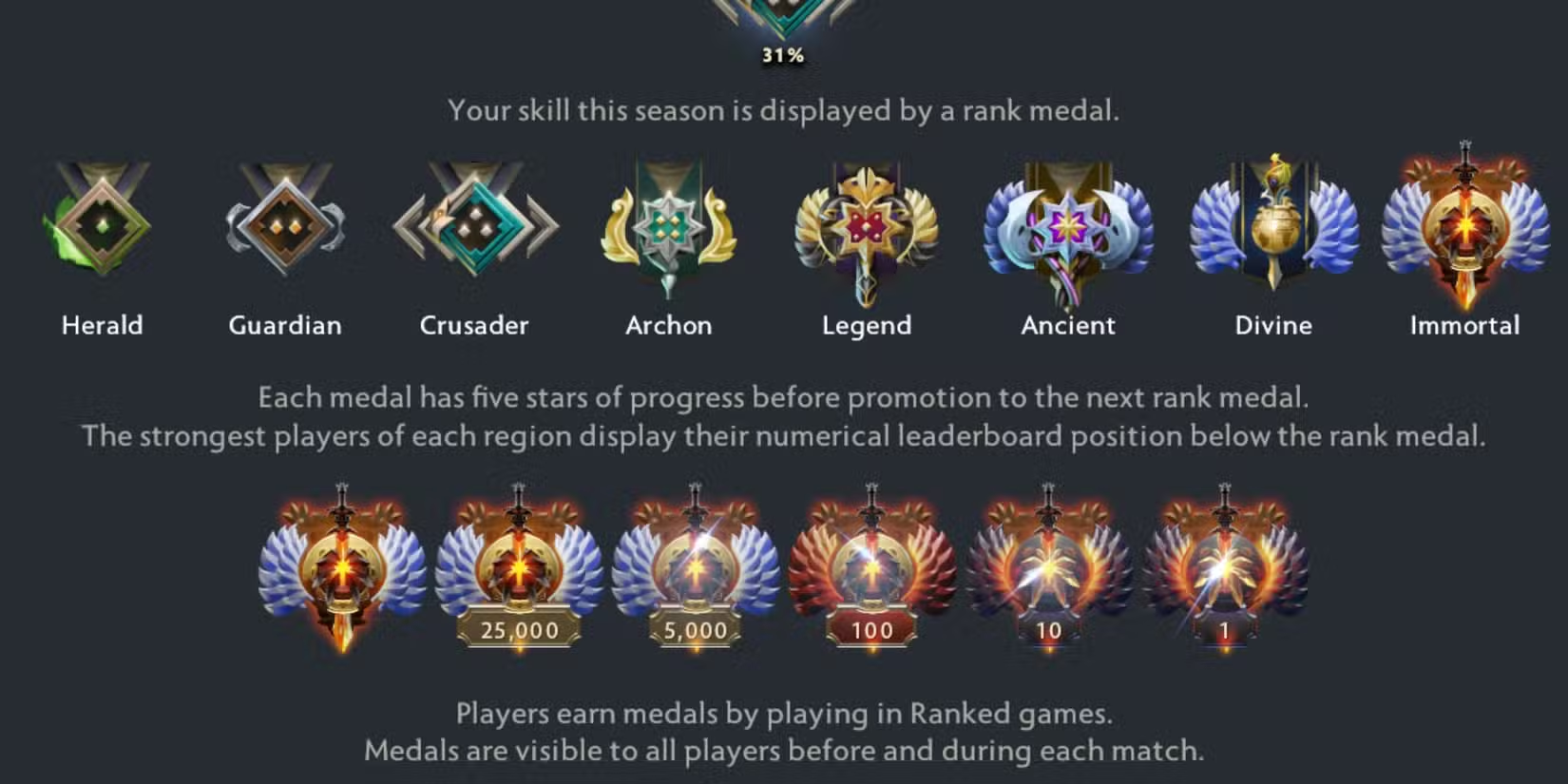
Medals, Tiers, and the Grind
Once you’re in, the climb begins. The Dota 2 ranking system features eight unique ranks, from the starting Herald to the highest Immortal rank.
Except for Immortal, each rank is segmented into five tiers, marked by stars, offering some nice milestones on your ranked grind.
Here’s a snapshot of the ladder you’ll be scaling:
|
Rank |
Tiers |
Indicative MMR Range |
Approx. % of Players (Constantly Changing) |
|
Herald |
5 |
0 – 769 |
7.34% |
|
Guardian |
5 |
770 – 1539 |
15.68% |
|
Crusader |
5 |
1540 – 2309 |
22.49% |
|
Archon |
5 |
2310 – 3079 |
22.75% |
|
Legend |
5 |
3080 – 3849 |
16.31% |
|
Ancient |
5 |
3850 – 4619 |
8.94% |
|
Divine |
5 |
4620 – 5419+ |
4.58% |
|
Immortal |
1 |
5620+ (Leaderboard-based) |
1.91% |
MMR thresholds are based on general observations and can shift slightly.
Glicko and Rank Confidence

Gone are the days of a simple, fixed MMR gain or loss after each ranked match. Valve integrated the Glicko rating system some time ago, a more sophisticated algorithm that’s less about rigid numbers and more about accurately pinpointing your actual skill level, and doing it faster.
This system works in tandem with what’s known as "Rank Confidence."
Your Rank Confidence is how sure the system is about your current MMR and medal. Play more, and your confidence score rises, leading to more stable MMR changes after each match.
Initial calibration matches are no longer a fixed set of ten games, either; instead, you calibrate until your Rank Confidence hits a certain threshold, usually around 30%. This means your early games in a new ranking system or after a break can have a significant impact on your standing as the system quickly tries to assess your current skills.
The Glicko system also considers not just a win or loss, but also the relative skill and confidence levels of all players in the match.
Recalibration and Staying Sharp
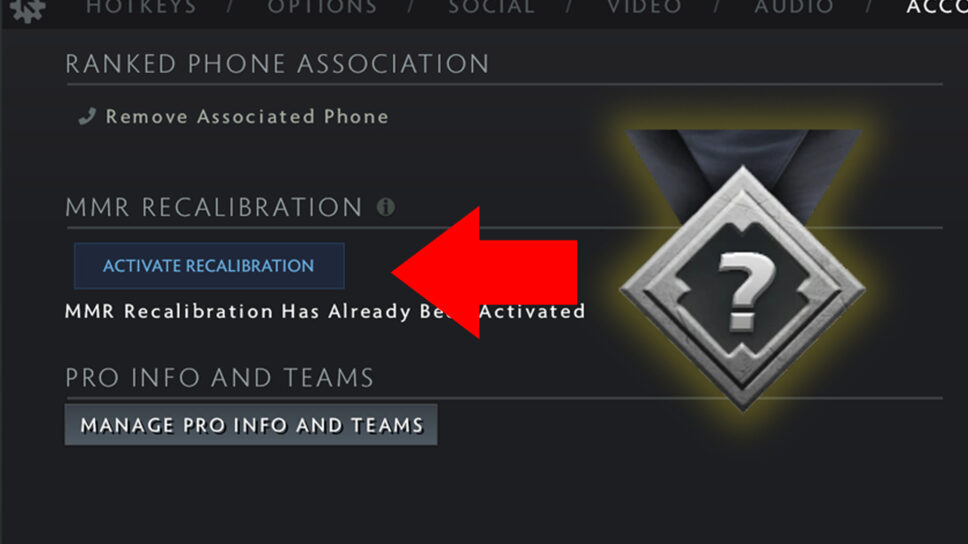
To keep the rating system reflecting current skill and the constantly changing meta, Dota 2 features seasonal recalibration, similar to League of Legends placements.
When a new season begins, players undergo a recalibration process. This doesn't necessarily mean a hard reset, but it gives the system a chance to re-evaluate your MMR value based on your performance in these calibration games.
Furthermore, your Rank Confidence isn't static; it changes. Take a long break from the games, and your confidence level gently declines. Contrary to what people think, though, this decline isn’t a punishment, but rather the system acknowledging that skills can get rusty.
You'll also need to play a few games to re-establish that confidence and ensure your rank in Dota 2 is an accurate reflection of your current skill.
The Immortal Rank and Its New Look
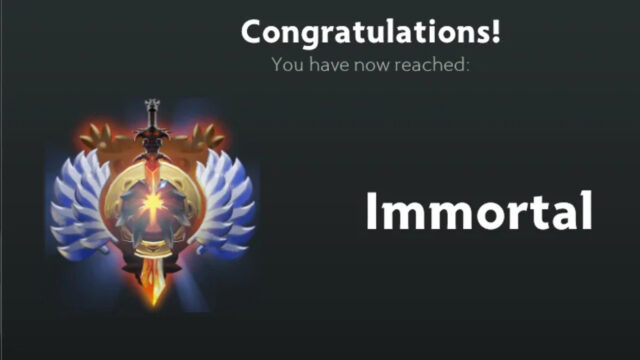
Reaching Immortal places you among the best Dota 2 players, and with that glory, this is where the numbered leaderboard ranking comes into play, showing the top players regionally and globally.
The Immortal ladder wasn’t always like this, though. As of a Dota 2 Update on March 19, 2025, Valve implemented some significant changes to the Immortal Draft experience, primarily for those at the very peak (8500 MMR and above).
These adjustments signal Valve's intent to preserve the competitive integrity of top-tier play.
As such, the following adjustments were added:
- Higher Threshold for Immortal Draft: Immortal Draft rules now activate if any player in the match is above 8500 MMR (previously 6500 MMR).
- Increased Privacy: Immortal Draft games no longer appear in public match histories, and replay access is restricted to participants.
- Official Names Required: Players above 8500 MMR must register an official, unchangeable name to queue for ranked.
- Solo Queue Only: For those guaranteed an Immortal Draft game (above 8500 MMR), queuing for ranked matches as a party is no longer allowed.
- MMR Adjustments: The way MMR is gained or lost in these Immortal Draft games has been tweaked to reflect better outcomes based on draft choices.
Behavior Score
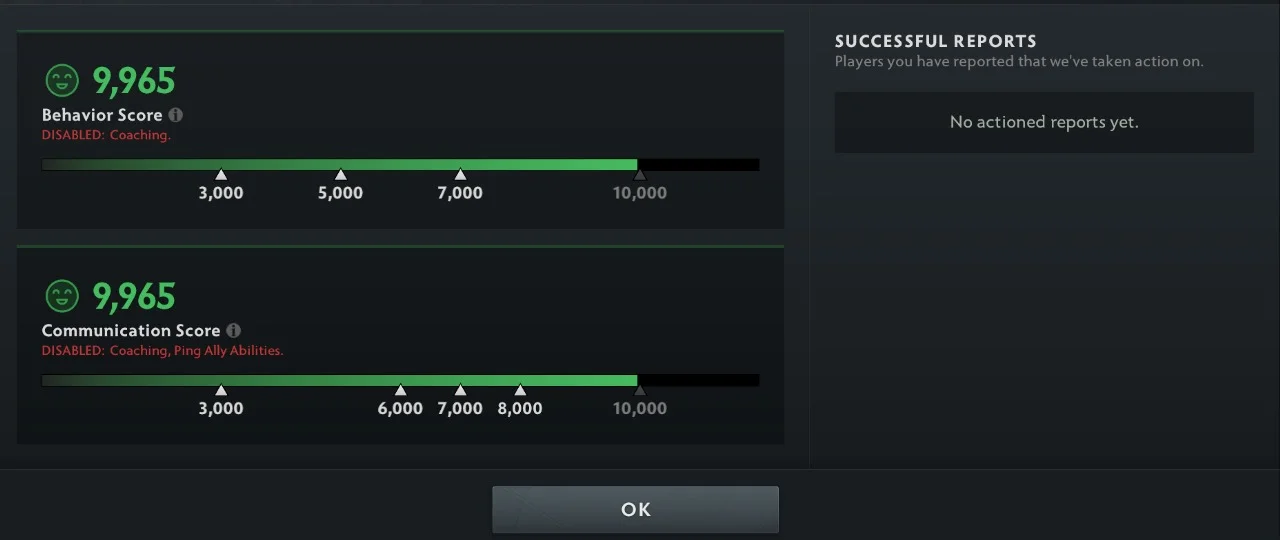
While not directly part of your MMR calculation, your behavior score also plays a role in the quality of your gameplay experience. A higher behavior score tends to match you with other well-mannered players, leading to less toxic games, which is a silent hero in increasing your rank.
Tips for Climbing Dota 2 Ranked Ladder

Climbing the Dota 2 MMR ladder is no easy task, despite that, our professional boosters have provided some easy tips to help you reach a higher rank:
- Master Your Hero: Rather than trying to learn every hero, stick to a few and get seriously good at them.
- Communicate Properly: Clear, concise, and positive communication can win games; rather than using the chat for its own sake, be the shot caller.
- Learn to Adapt: The Dota 2 meta constantly changes, so you’ll want to stay up to date on balance changes, popular strategies, and counter-picks, as you can use this information to your advantage.
- Review Your Games: Watch your Dota 2 replays, especially the losses, and identify your mistakes and areas you could improve upon. Did you miss last hits? Was your positioning off in team fights? It’s all useful to take a look at.
- Maintain Composure: Tilting is the mind killer; to fix this, remember that every player has bad games and take a break during loss streaks.
Final Word
We hope you enjoyed this overview! To sum things up, the Dota 2 ranking system, with its new Glicko algorithm, Rank Confidence, and recent Immortal-tier updates, is a fresh yet rewarding system designed to reflect accurately and test player skill. And, similar to other games, ranking up requires quite a bit of learning, a lot of playtime, and some serious adaptability.
